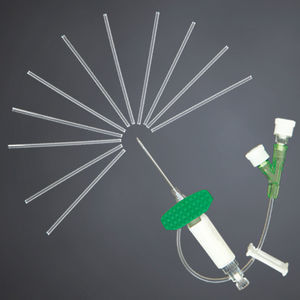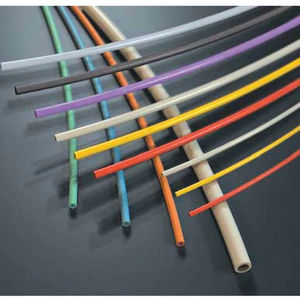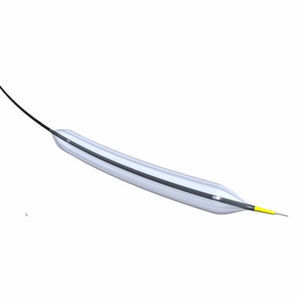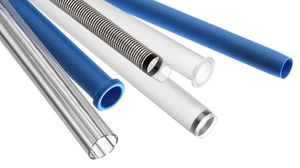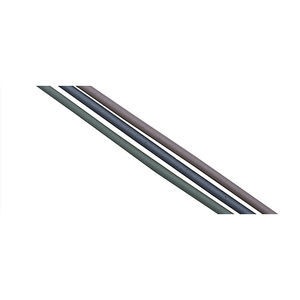
- Medical & Pharmaceutical industry
- Components for the medical industry
- Catheter manufacturing tubing
- Dutch Technology Catheters

- Products
- Catalogs
- News & Trends
- Exhibitions
Catheter manufacturing tubing stainless steelPVDFPTFE
Add to favorites
Compare this product
fo_shop_gate_exact_title
Characteristics
- Applications
- for catheter manufacturing
- Material
- PTFE, stainless steel, PVDF
- Configuration
- flat
Description
DTC & Partners use proprietary techniques for providing thin-walled, braided, and coiled catheters that range from 1.5F to 28F. We collaborate with you for analyzing the right balance between column strength, resilience, kink resistance, and torque response in the thinnest wall to meet the performance needs.
Multi-Lumen Shafts
Braid to coil conversions
Deflectable and fixed curve shafts
Multi-durometer shafts
Variable pitch coils and pick count braids
Braid – OD from 2F to 26F, single wall density down to 0.005 in/0.13 mm
Coil – OD from 1.5F to 28F, single wall density down to 0.003 in/0.08 mm
Outer Jacket – polyamide, polyether block amide (PEBA) & urethane, custom blends
Wire:
Round, Flat, and Ribbon
Stainless Steel, aramid, and Fabric
The diameter of the wire is from 0.0005” to 0.010”
Liners:
Fluoropolymer: PTFE, FEP, eFEP, eTEP, PVDF, PFA custom liners
Thermoplastic: polyamide, PEBA, PU, PE
Others: polyimide, PEEK
Marker Bands – gold, platinum, radiopaque polymers
Secondary Operations – funneling, curving, bonding, porting, tapering, and tipping
There are single and multi-durometer options available
Custom material fusion, color concentrates, and radiopaque fillers
Different variety of braid thickness and configurations that allow you to customize your catheter’s mechanical properties
There are secondary processes provided for braided catheters like tip forming, flaring, catheter reflow, welding, and coating
Hydrophilic and anti-microbial coating options are available
Other Dutch Technology Catheters products
OEM Catheter Products & Parts (Full assembly / PTFE / Shafts / FEP HS / Shafts etc)
*Prices are pre-tax. They exclude delivery charges and customs duties and do not include additional charges for installation or activation options. Prices are indicative only and may vary by country, with changes to the cost of raw materials and exchange rates.

